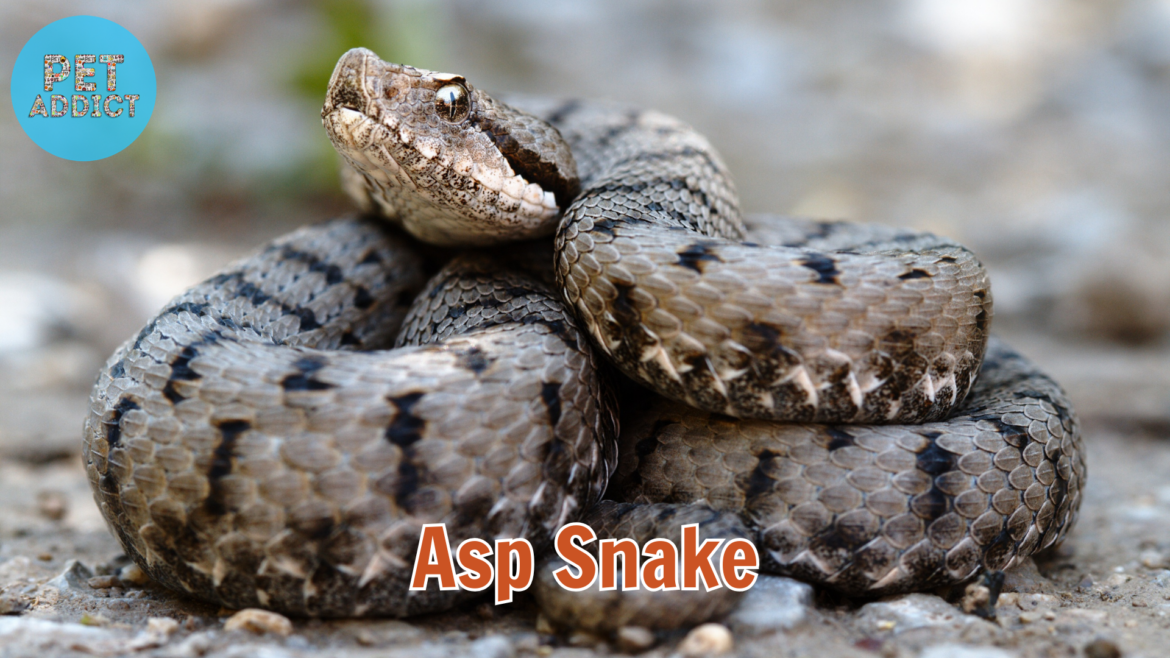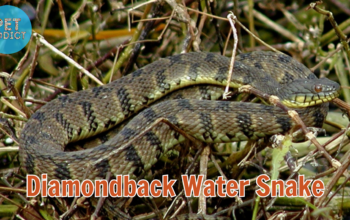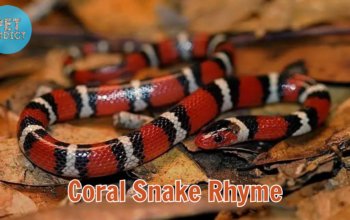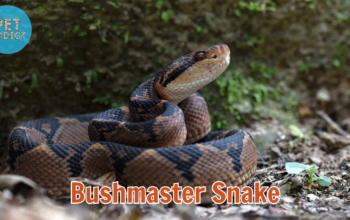The Asp snake, scientifically known as Vipera aspis, is a venomous serpent found primarily in Europe. This enigmatic reptile has earned a reputation for its potent venom and intricate biology. In this article, we will embark on a journey to explore the intriguing world of the Asp snake, delving into its characteristics, habitat, behavior, venom, and conservation status.
PetAddict.net – The best place where you can find everything about your pet!
Unraveling the Asp Snake
Appearance
The Asp snake is characterized by its distinct appearance, which includes:
- A relatively stout body, typically measuring between 1 to 2 feet (30 to 60 centimeters) in length, although some individuals may grow larger.
- A triangular-shaped head, which is broader than its neck.
- A varied coloration, ranging from shades of gray, brown, and reddish-brown to more vibrant colors like yellow and green.
- A dorsal pattern consisting of a series of dark, irregular blotches that can resemble an hourglass shape.
Range and Habitat

The Asp snake’s range extends across several European countries, including France, Switzerland, Italy, and parts of the Balkans. They are commonly found in a variety of habitats, including:
- Woodlands
- Grasslands
- Rocky outcrops
- Alpine meadows
- Forested regions
These versatile snakes can adapt to different altitudes and environmental conditions.
Behavior
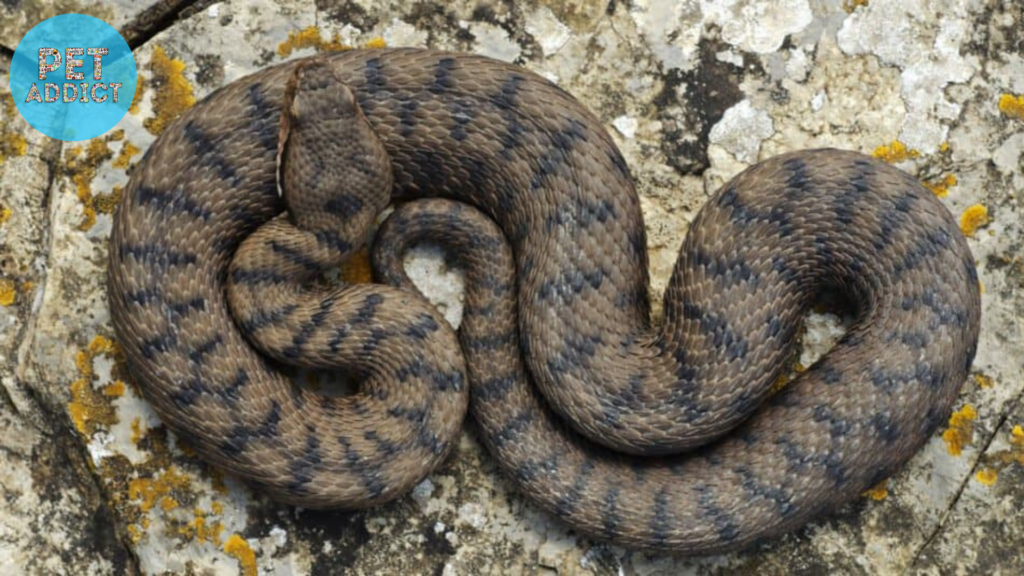
Asp snakes are primarily terrestrial and crepuscular, which means they are most active during dawn and dusk. They are generally solitary creatures and are known for their secretive and elusive behavior. When threatened, they may hiss, flatten their bodies, and strike in defense. However, they are often more likely to retreat and hide when confronted by potential predators.
Venom
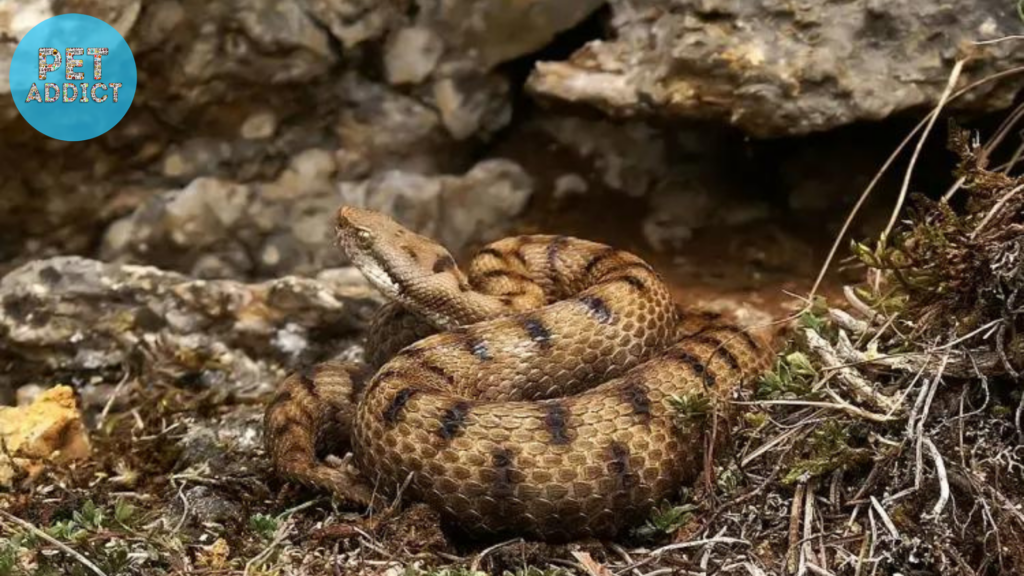
Asp snakes possess venom that is primarily hemotoxic, meaning it affects the blood and tissues of their prey. While their venom can be potent, they are not considered highly dangerous to humans, and fatalities from Asp snake bites are rare. Nevertheless, any snakebite should be treated seriously, and medical attention should be sought promptly.
Reproduction
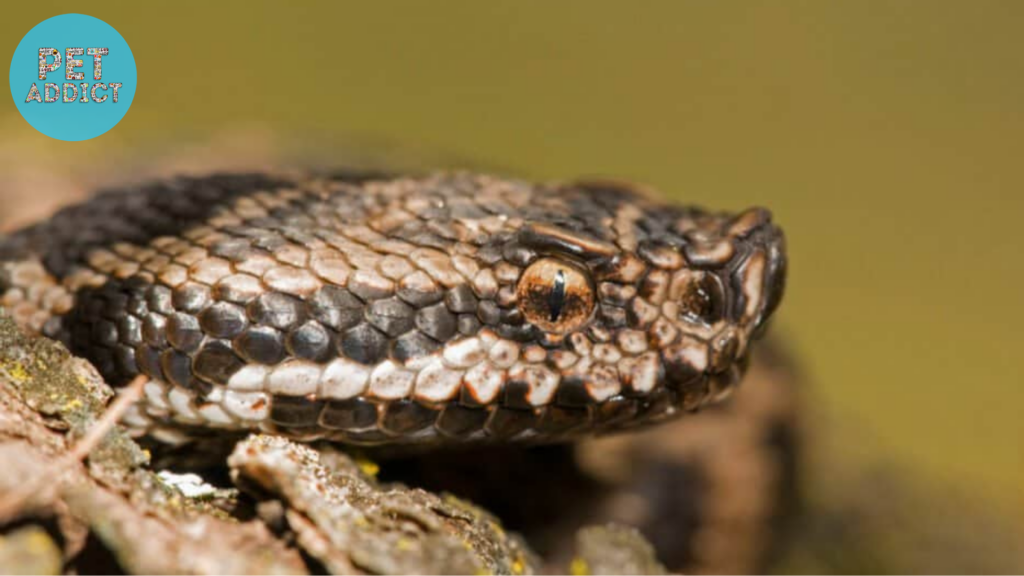
Asp snakes are ovoviviparous, which means they give birth to live young rather than laying eggs. Mating typically occurs in the spring, and females give birth to a small number of offspring in late summer or early autumn. The young snakes are independent from birth and must fend for themselves.
Conservation Status
The conservation status of the Asp snake varies depending on the region. In some areas, they are considered threatened due to habitat loss, persecution by humans, and road mortality. In other regions, their populations remain relatively stable.
Efforts to protect the Asp snake involve conserving its natural habitats, educating the public about the importance of these reptiles, and promoting responsible interaction with wildlife.
Coexistence with the Asp Snake
While the Asp snake is a fascinating and important part of Europe’s ecosystems, it is essential to exercise caution and respect when encountering them in the wild. Here are some guidelines for coexisting with Asp snakes:
- Observe them from a safe distance and avoid unnecessary handling.
- Do not disturb or provoke them, as this can lead to defensive behavior.
- If bitten by any snake, seek immediate medical attention.
In conclusion, the Asp snake is a captivating reptile with a vital role in the ecosystems it inhabits. While it is important to respect and appreciate these creatures, it is equally important to educate oneself about their behavior and venom to ensure safe coexistence. Through conservation efforts and responsible interactions, we can continue to enjoy the presence of the Asp snake in Europe’s natural landscapes for generations to come.

